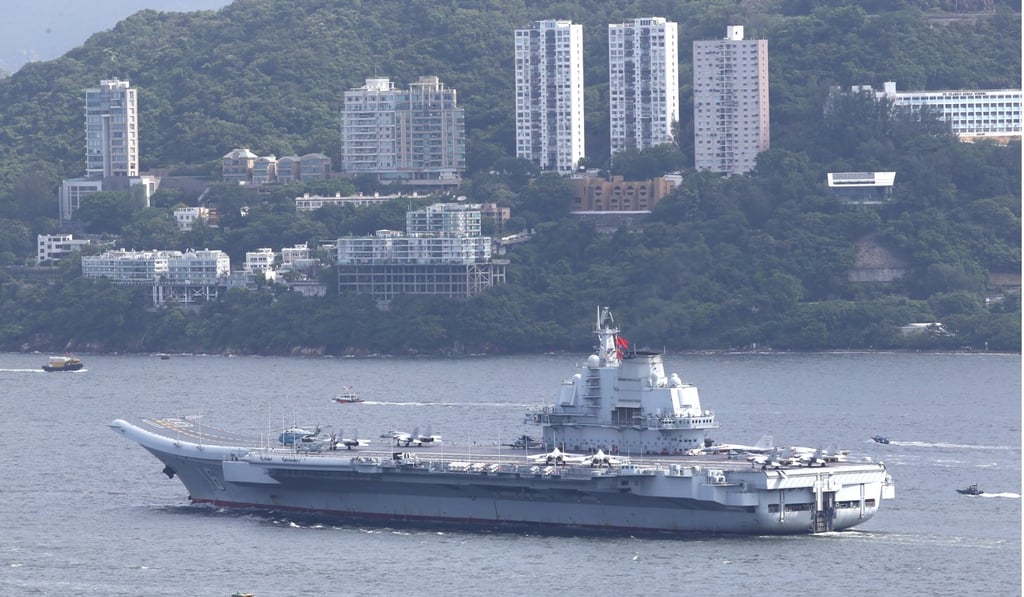Sino File | China’s military is mighty, but diplomacy is still a weak spot
Visit to London by Chinese ships highlights growing naval ambitions – but such shows of power can also undermine Beijing’s efforts to convince the world it seeks a peaceful rise

The sight of Chinese warships, loaded with an astonishing arsenal of weapons, sailing along the Thames and docking in Canary Wharf, London’s bustling financial hub, has caught the attention of global media. The port call last week was part of a goodwill exercise that has taken the Chinese fleet across the world.
What exactly is the ‘new order’ of the Communist Party?
Until recently, the primary mission of the People’s Liberation Army Navy was inshore defence. Now, it is stepping up military exchanges, paying port visits abroad, and conducting joint drills with foreign navies.
WATCH: Hongkongers get first glimpse of China’s Liaoning aircraft carrier
At the Communist Party’s 18th congress in 2012, the leadership took on board the ideas of Alfred Thayer Mahan to declare China’s ambition to “build itself into a maritime power”. Taking its lead from the 19th century US historian’s doctrine, which views naval power as the means to ensure commercial, political and military access to vital regions, China has been transforming its navy with investments in hardware and changes in strategy aimed at turning it from a brown-water force into a blue-water one.
Ignore the show, Singapore PM’s China visit changes little

China’s grand military display signals Xi is here to stay
With the construction of the country’s first domestically built aircraft carrier nearing completion – and more carriers under construction – China will soon have the world’s second-most powerful navy, after the US, in terms of hardware. Even so, compared to the US navy in terms of global reach, the PLA has a long way to go. As the largest operator of military bases abroad, the US has servicemen in around 800 bases in about 80 foreign countries.
WATCH: China’s Liaoning aircraft carrier leaves Hong Kong

